THE POWER OF PREVENTATIVE BREAKS
AND HOW YOU CAN USE THEM TO MAKE A DIFFERENCE
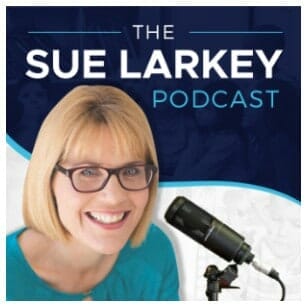
**************************************
Join me for an upcoming Workshop:
Can't make these Workshop dates? Join me for a self-paced on-demand course:
Sue Larkey On-Demand Workshops
**************************************
Discussed in this episode
The power of preventative breaks and how you can use them to make a difference.
Make sure you listen to the end of the podcast to find out how you can enter the draw for a Time Timer. I have 5 available to give away – Australian residents only.
Anxiety Can Look Like
- Avoidance of new situations
- Preference for sameness
- Rigidity
- Insisting on same rules/routines
- Social withdrawal
- Anger
- Meltdowns
- Repetitive noise, movement or sentence
The Power of Preventative Breaks
- Students self-regulating their anxiety is a VERY important part of their behaviour management programme.
- A student being able to request a break before a meltdown is a fantastic strategy.
- You will need to teach them a range of strategies to calm themselves. When you are teaching them, you will begin to notice which ones are more effective at calming. You can then write social scripts and use visual cards to help them remember what to do when they feel anxious.


Are you?
- Passing on a student with Neurodiversity to another educator next year
- Do you know a student who will be changing teachers, classrooms, or school settings in 2026
- Planning your staff, classes for 2026
Now is the time to prepare for 2026.
By joining my course, you will get the knowledge, skills and strategies to set yourself and your students up for success in 2026.
If there's even a remote possibility of having a child with Neurodiversity in your classroom next year, join me to prepare now.
Training in the first term often presents challenges:
- Don't want a day out for training when setting up class at the start of the year.
- Students with neurodiversity may start off dysregulated because the necessary structures and strategies are not yet in place.
- Educators find themselves playing catch-up while addressing 'behaviours'.
- Many educators feel overwhelmed.
Resources discussed in Podcast:
| by K.I. Al-Ghani | This vibrant, fully illustrated children’s storybook is written for children aged 5+, and is an accessible, fun way to talk about anger, with useful tips about how to tame the red beast and guidance for parents on how anger affects children with Asperger’s Syndrome.
| by Deborah Lipsky | How Individuals on the Autism Spectrum Deal with Anxiety, Experience Meltdowns, Manifest Tantrums, and How You Can Intervene Effectively. This is a MUST HAVE book!!
SUE’S TOP PICK!
From breathing exercises, pressure holds and finger pulls, to fidgets, noise-reducing headphones and gum, this book is brimming with fun stuff to help kids feel cool, calm and collected. They will learn how to label difficult feelings, choose the perfect strategies and tools to tackle them, and use these correctly whether at home or at school. The strategies and tools are accompanied by cartoon-style illustrations, and the author includes useful tips for parents and teachers as well as handy visual charts and checklists to track learning and progress. For ages 7-14 years.

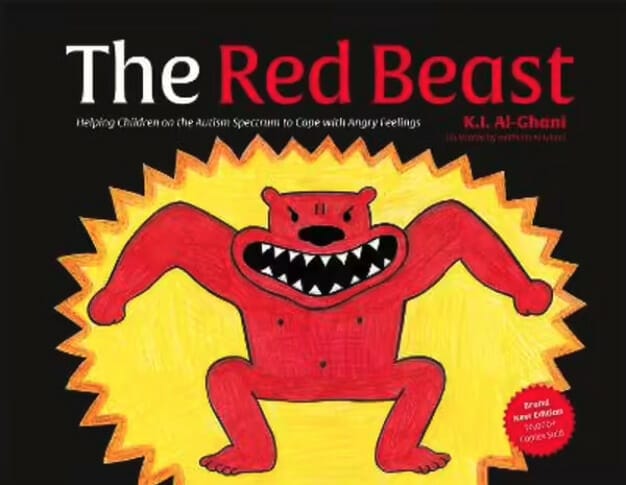
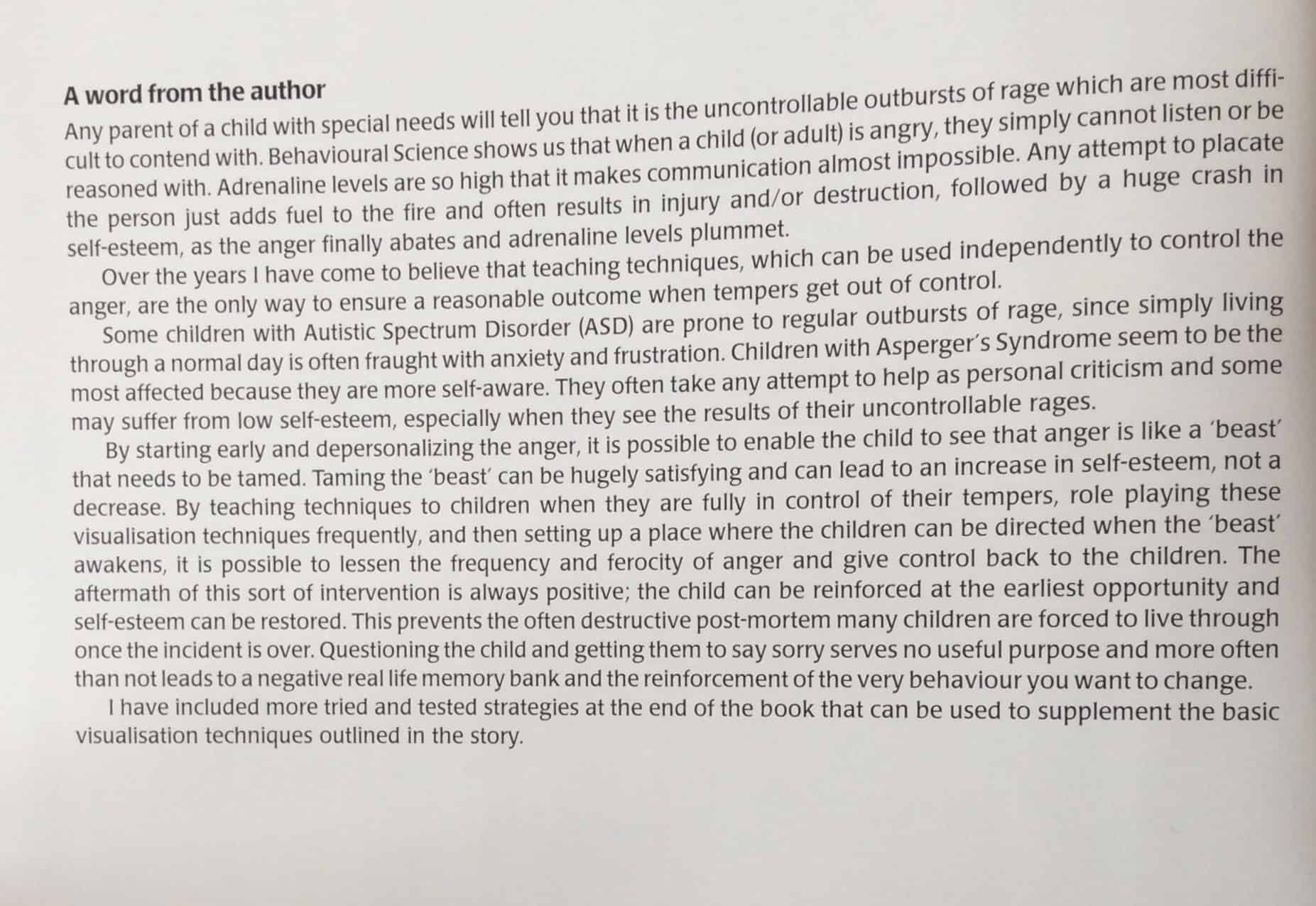
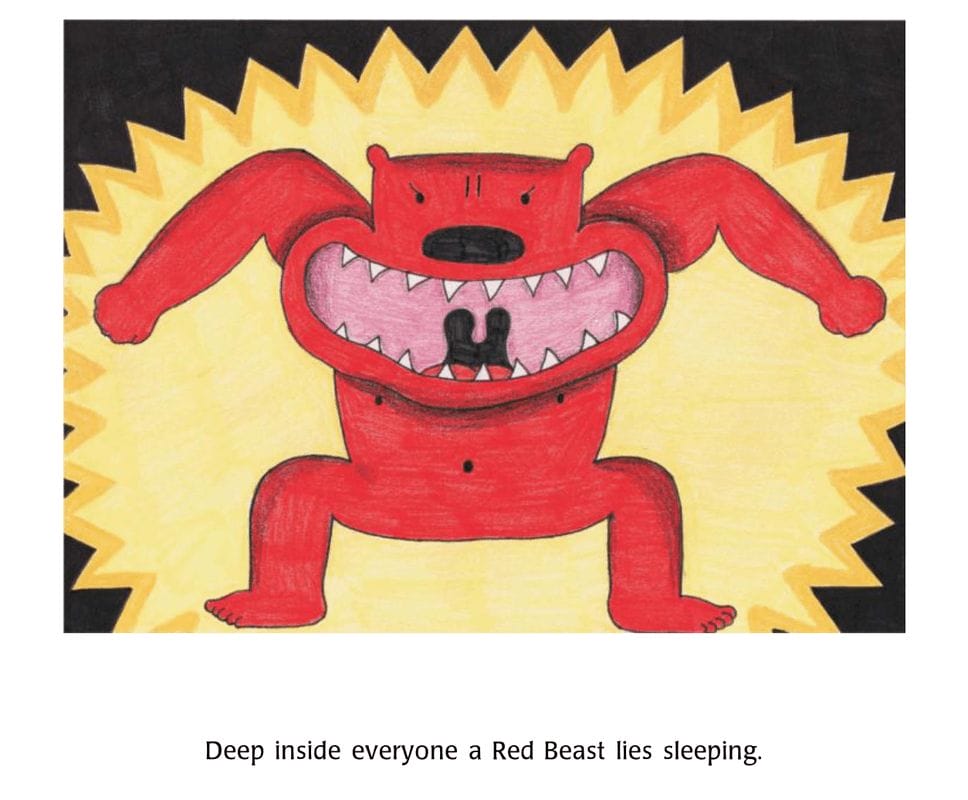

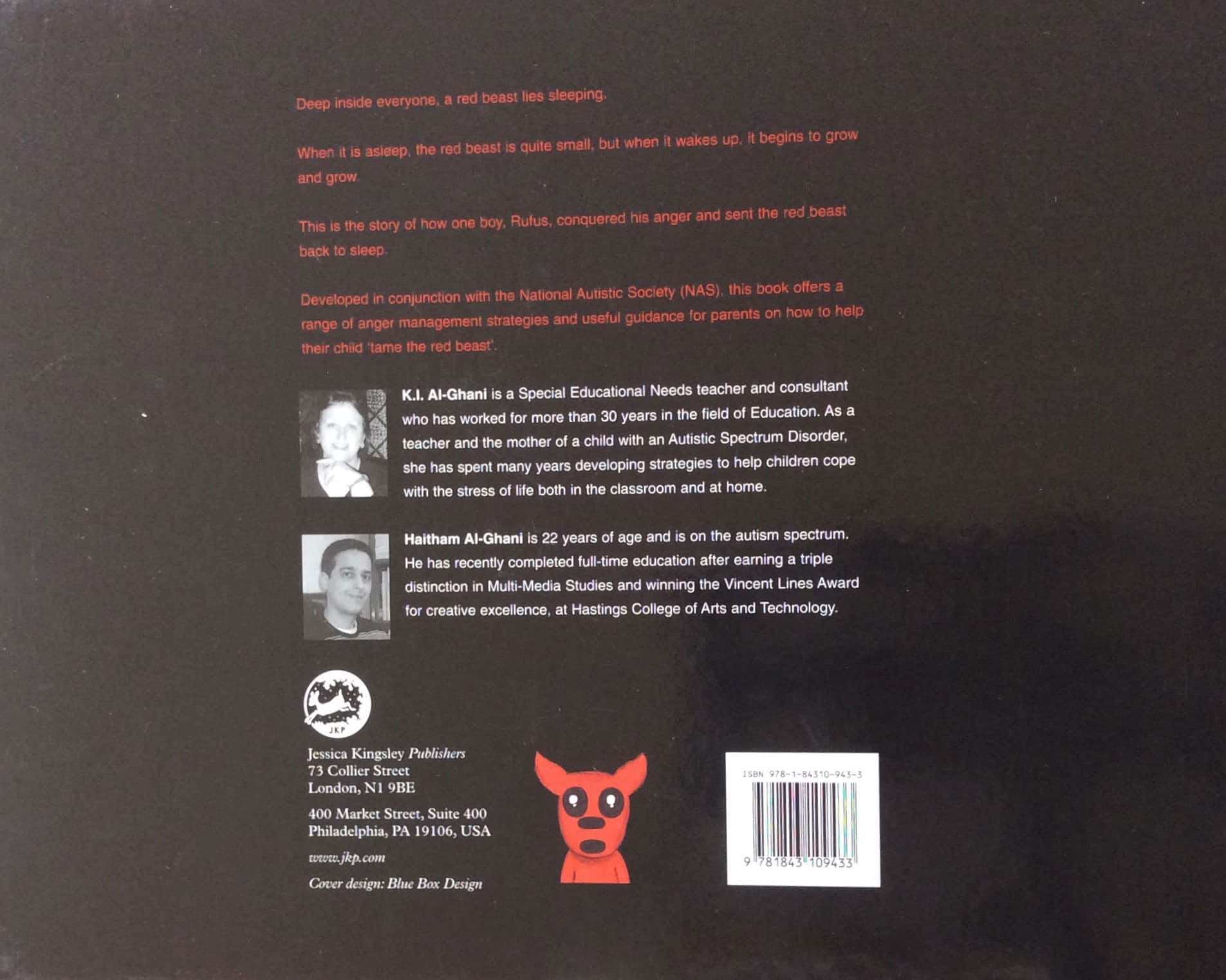
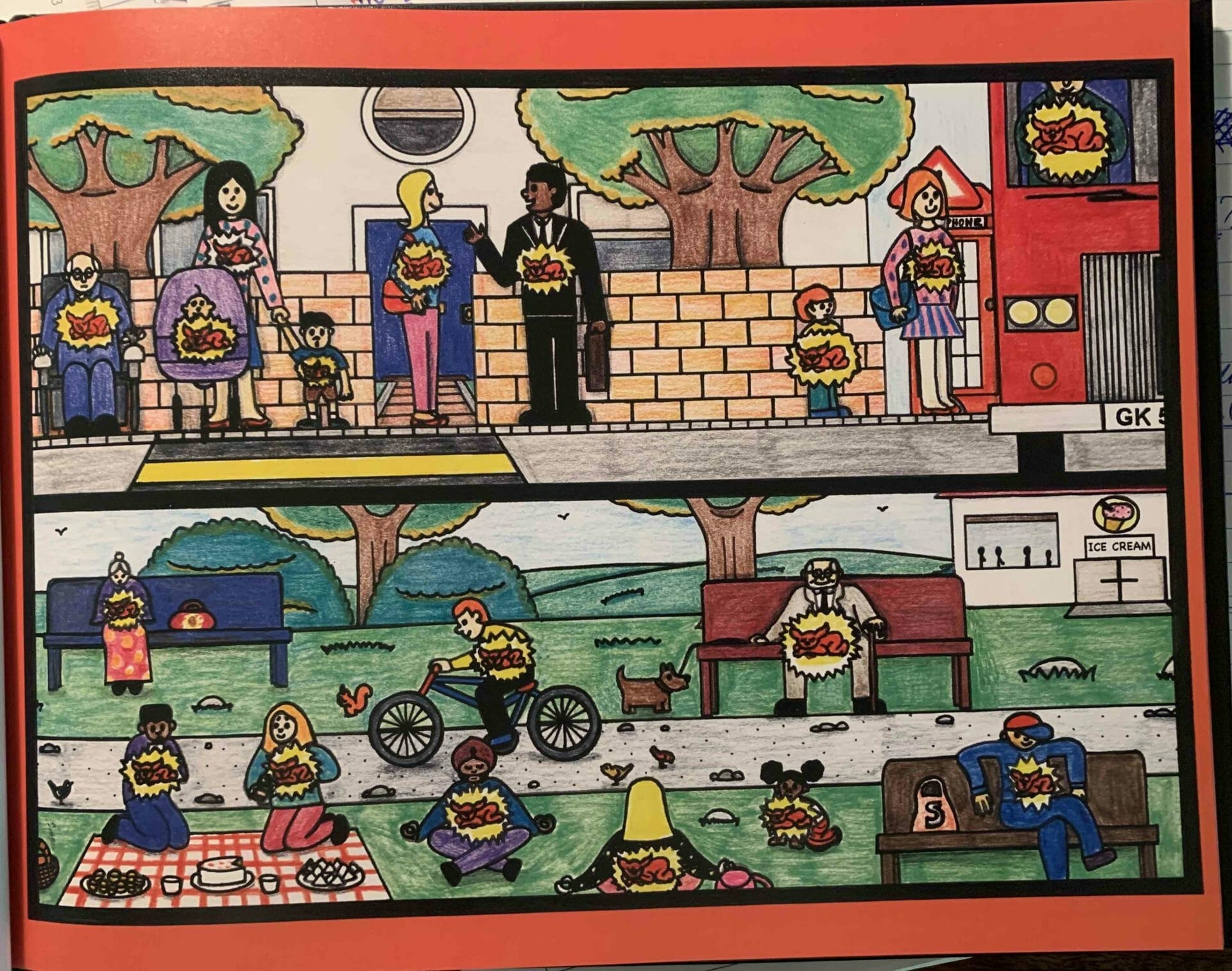
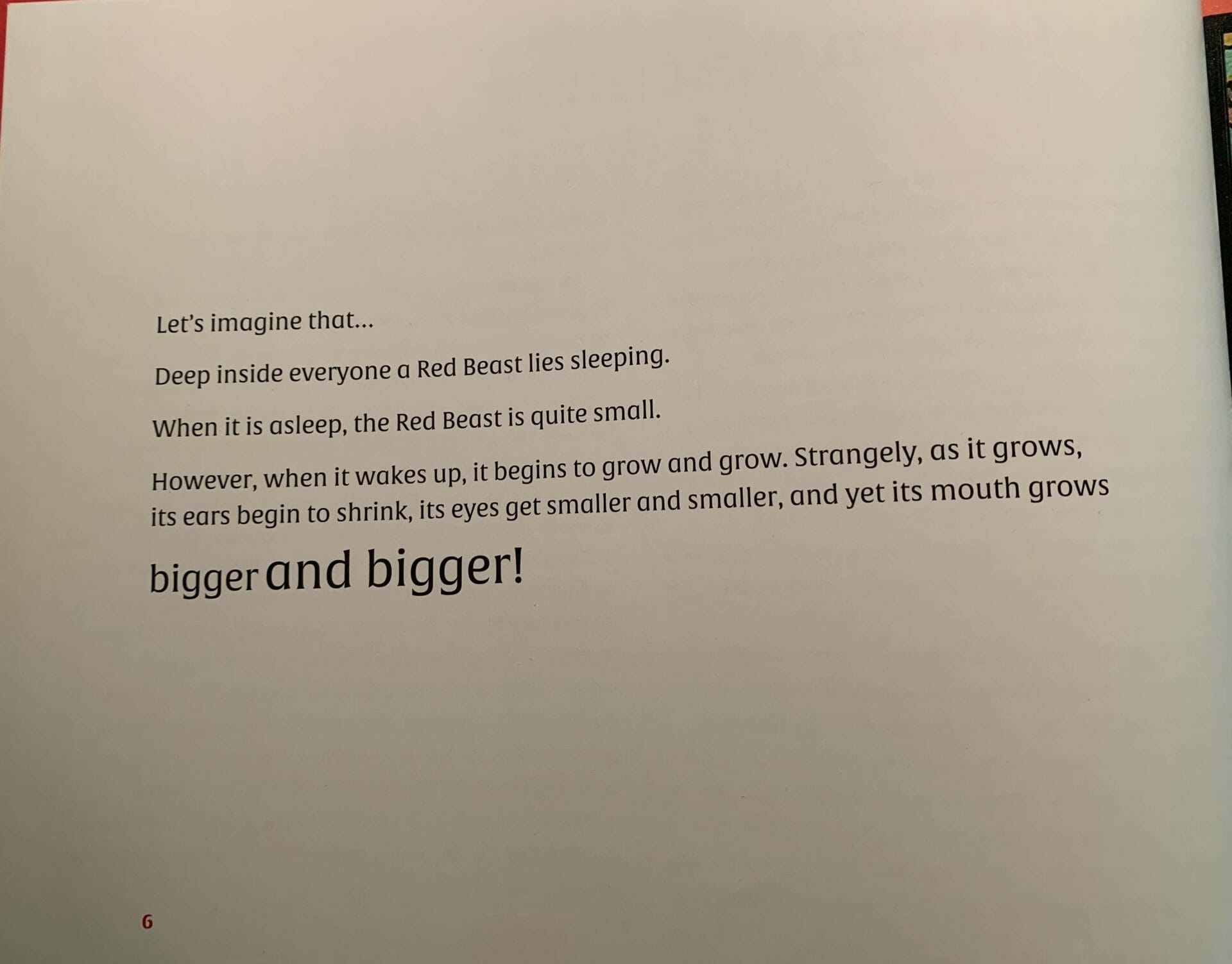

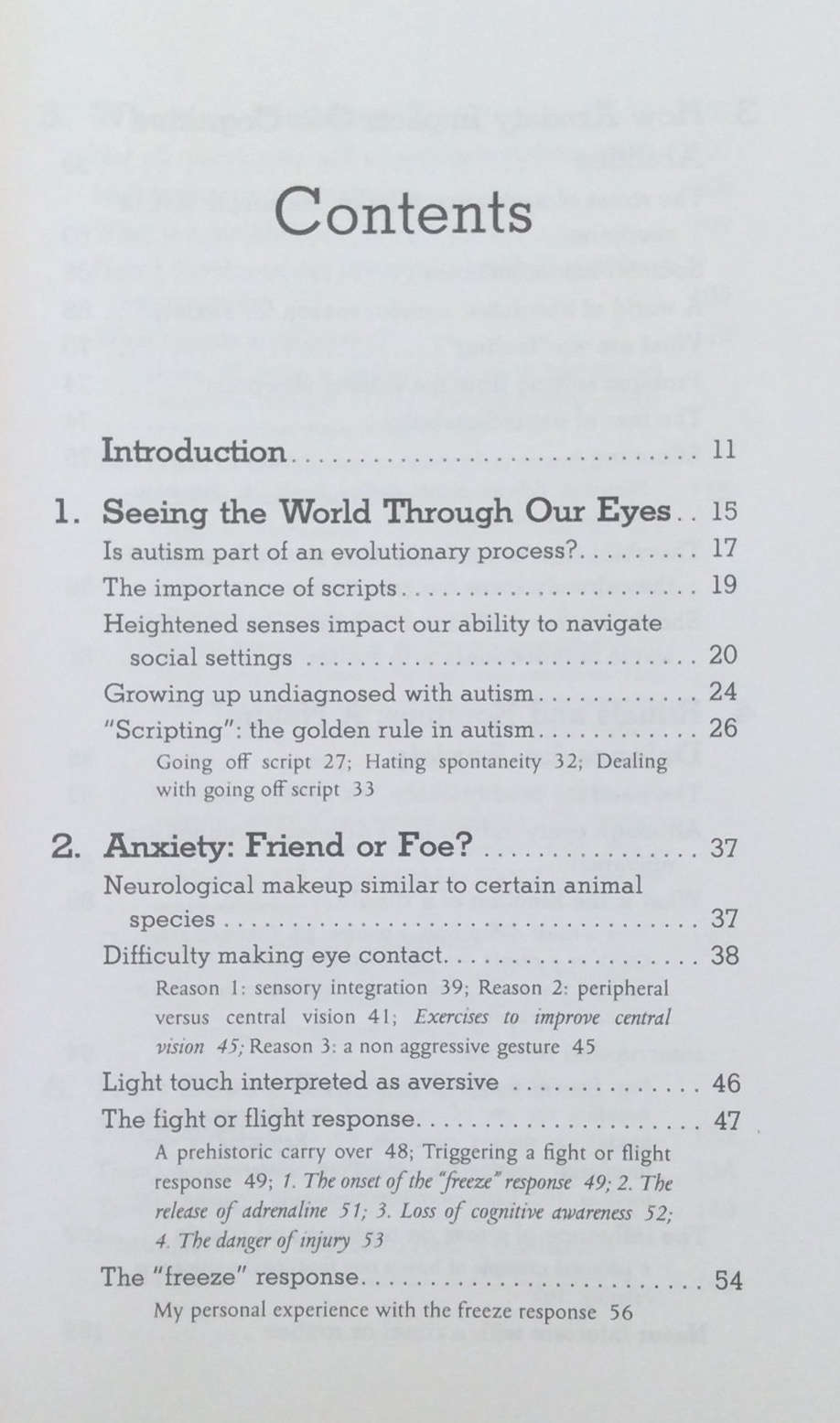
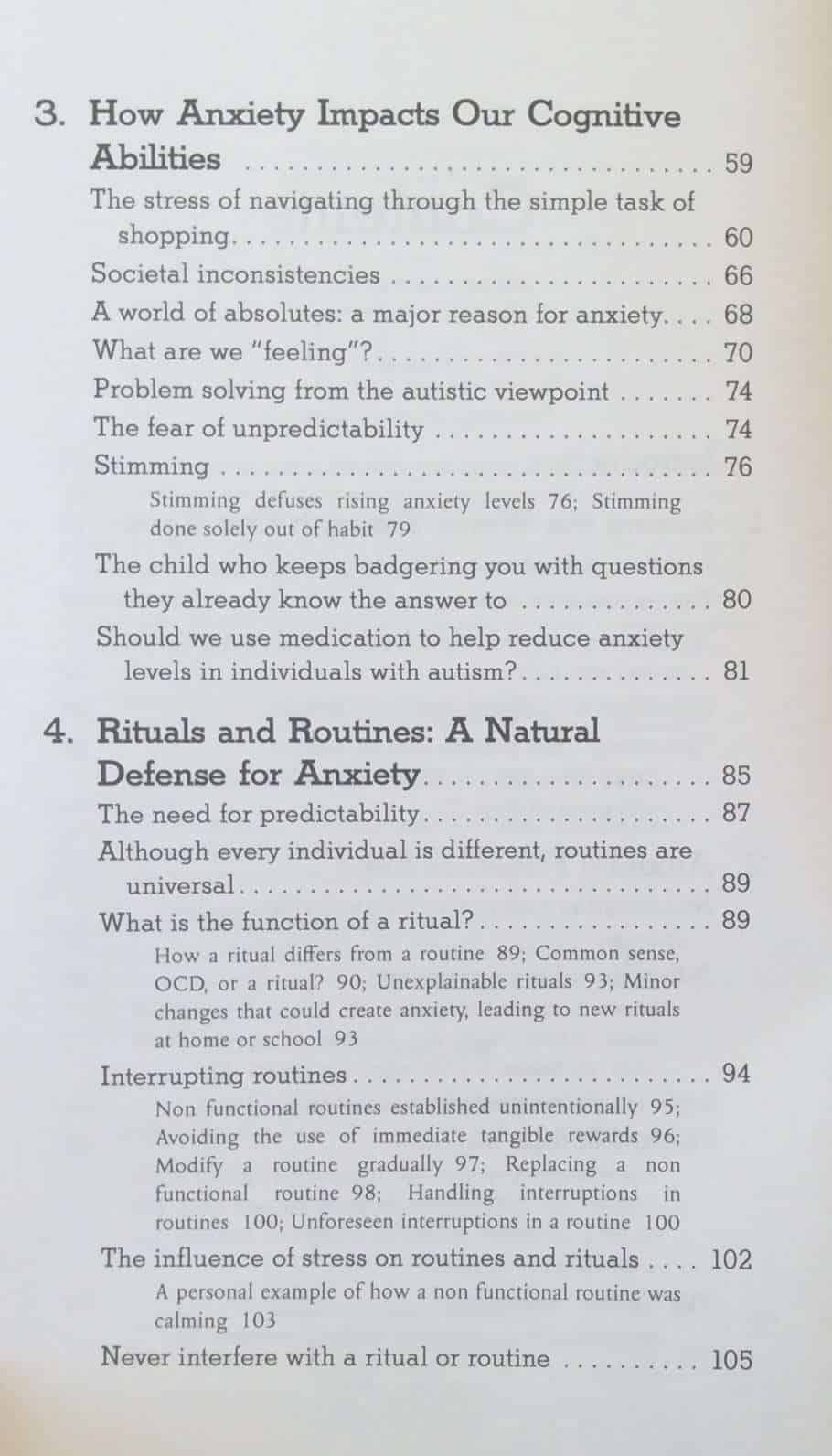

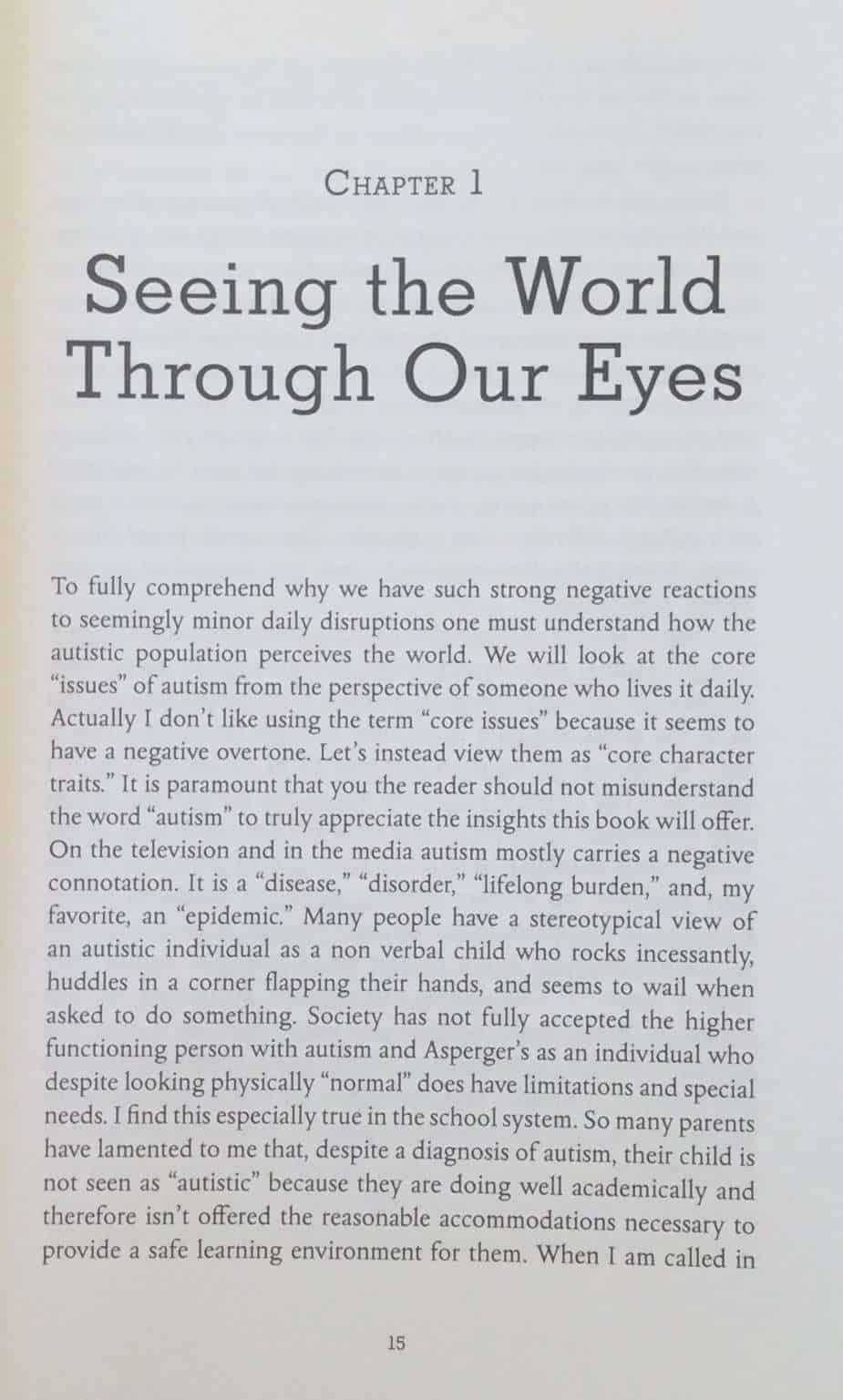













 Sorry we no longer ship items outside Australia. Please consider the digital versions of Sue’s Books –
Sorry we no longer ship items outside Australia. Please consider the digital versions of Sue’s Books – 